Climate change is often discussed in relation to its impact on weather patterns, sea levels, and human society. However, its repercussions extend far into the natural world, significantly affecting wildlife across the globe. From the polar bears of the Arctic to the vibrant coral reefs of the tropics, the effects of climate change are diverse and profound. Understanding these impacts is crucial in highlighting the intertwined fate of humans and animals and emphasizing the importance of conservation efforts.
Disrupted Migration Patterns

As temperatures rise, many species are experiencing changes in their migratory patterns. Birds that typically travel thousands of miles are now challenged by unpredictable weather conditions and altered habitats. For instance, warmer winters in certain regions mean that some bird species are staying longer than usual, disrupting the timing of their migrations and affecting breeding cycles.
Coral Bleaching

Coral reefs are vital ecosystems that support a vast array of marine life. Rising sea temperatures have led to increased coral bleaching, a process where corals expel the symbiotic algae living in their tissues, causing them to turn white and dramatically reducing their chances of survival. This not only threatens the corals themselves but also the myriad species that depend on them for sustenance and shelter.
Changed Habitats
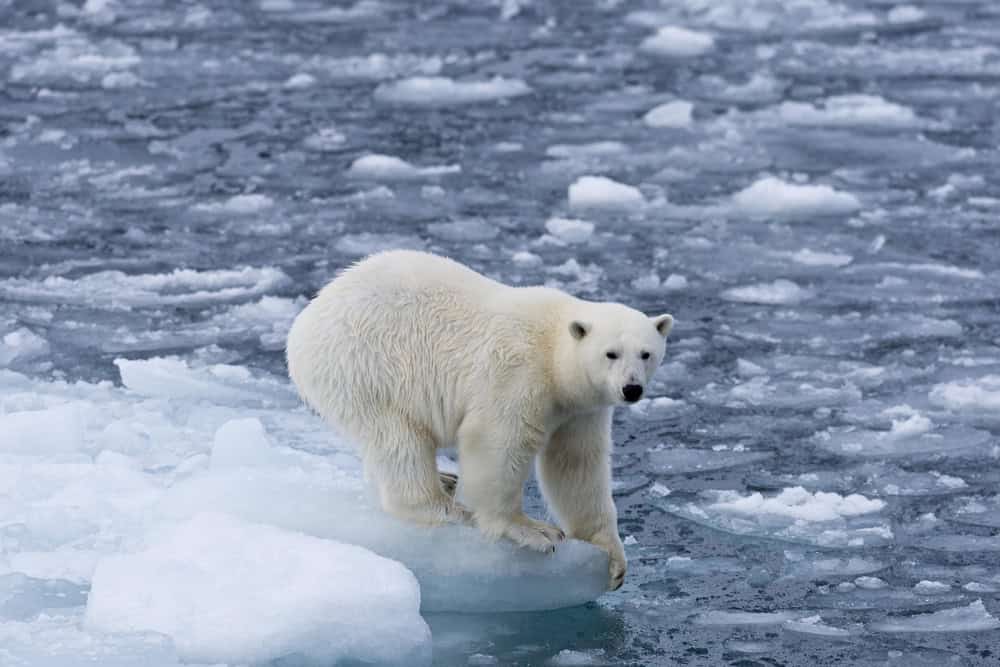
Climate change is leading to dramatic shifts in ecosystems. For example, warming temperatures are causing ice in the Arctic to melt at unprecedented rates, creating a shrinking habitat for polar bears and other species. These changes force wildlife to adapt, migrate, or face extinction, upsetting established ecological balances.
Altered Breeding Seasons

Warmer temperatures are prompting many species to breed earlier than usual. This shift can lead to a mismatch between the birth of young animals and the peak availability of food resources, increasing the vulnerability of newborns and stressing entire populations. Such alterations in breeding timings have been observed in a range of species, including frogs, fish, and birds.
Decline in Insect Populations

The survival of many ecosystems depends on insects, which play crucial roles as pollinators, decomposers, and food sources. Climate change disrupts their life cycles, leading to population declines. Warmer winters and unpredictable weather can alter development and reproduction rates of insects, impacting food webs and biodiversity.
Loss of Biodiversity

As regional climates shift, many species are unable to adapt quickly enough to survive, leading to a loss in biodiversity. This loss means fewer species and genetic variance, which can weaken ecosystems, making them less resilient to changes and increasing the likelihood of further extinctions.
Ocean Acidification
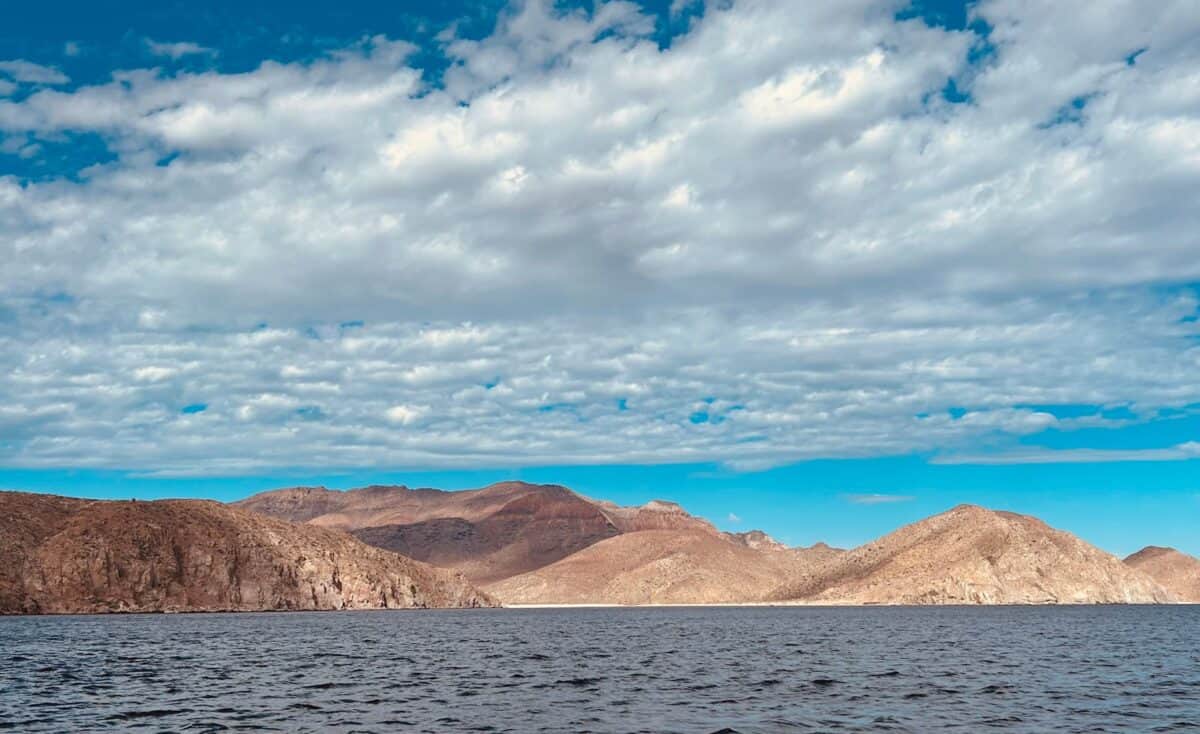
The absorption of excess atmospheric CO2 by the oceans is leading to ocean acidification. This process affects the ability of marine organisms, like shellfish and certain planktons, to build their calcium carbonate shells, posing a direct threat to these species and the larger food chain that depends on them.
Distorted Predator-Prey Dynamics
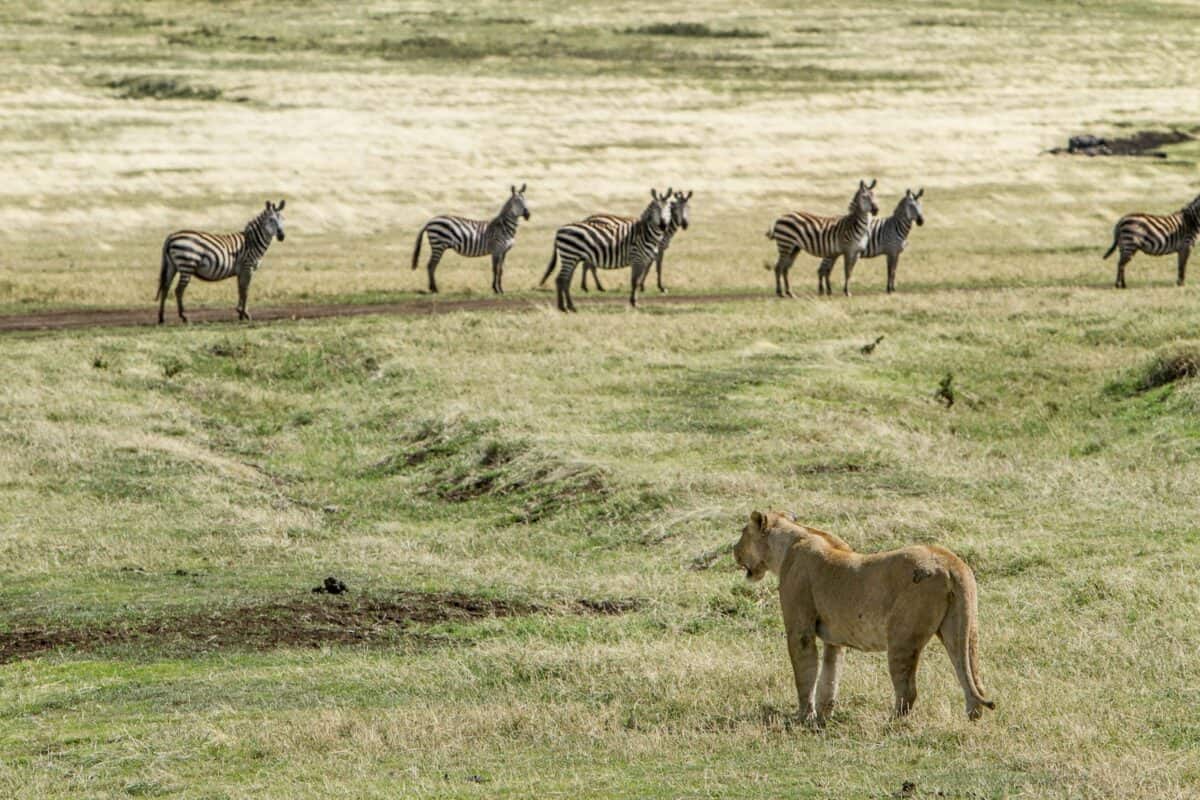
Changes in climate can alter the timing and availability of food resources, affecting predator and prey relationships. If prey species breed or migrate at different times due to climate changes, it can lead to predators struggling to find enough food, potentially causing population declines.
Increased Spread of Diseases

Climate change is influencing the spread of diseases by altering habitats and host availability. Warmer temperatures enable pathogens and parasites to extend their reach to previously unaffected regions, affecting both wildlife and human populations. This spread of diseases can have devastating effects on species already stressed by habitat loss and food scarcity.
Sea Level Rise
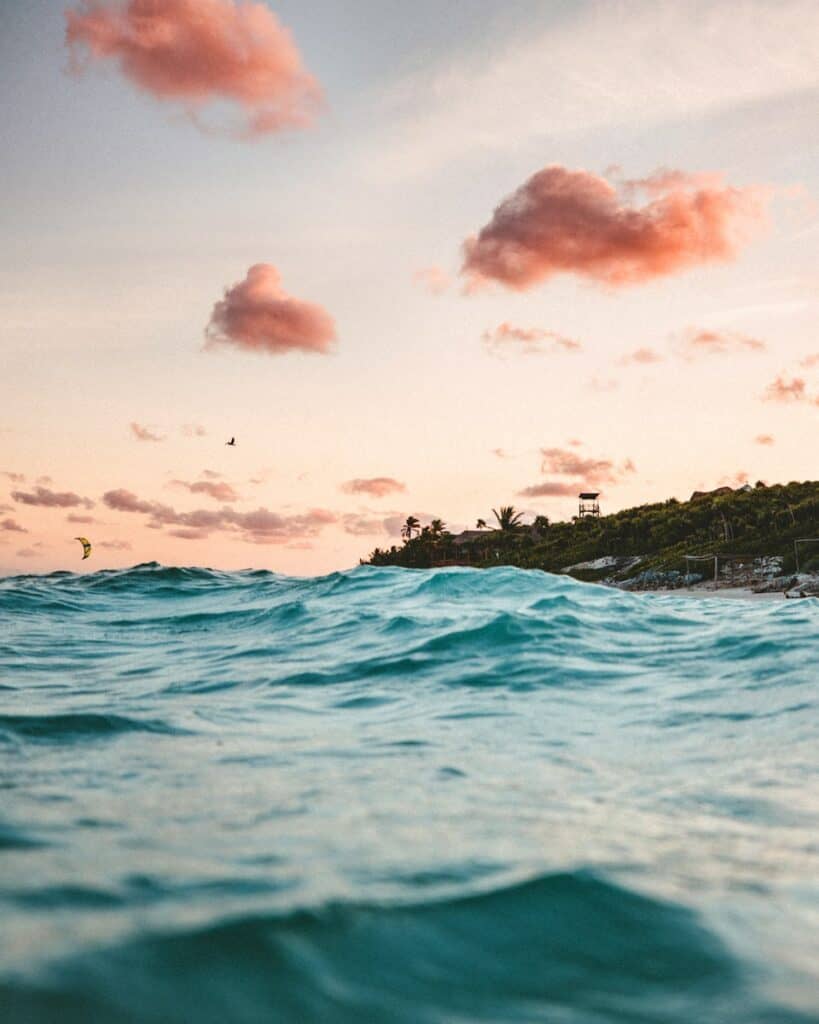
Rising sea levels due to melting ice caps and glaciers is submerging coastal habitats. This affects numerous species, particularly those that rely on coastal wetlands and marshes for breeding and feeding. Animals such as sea turtles, which nest on beaches, face reduced nesting areas and increased risk of flooding.
Forest Fires
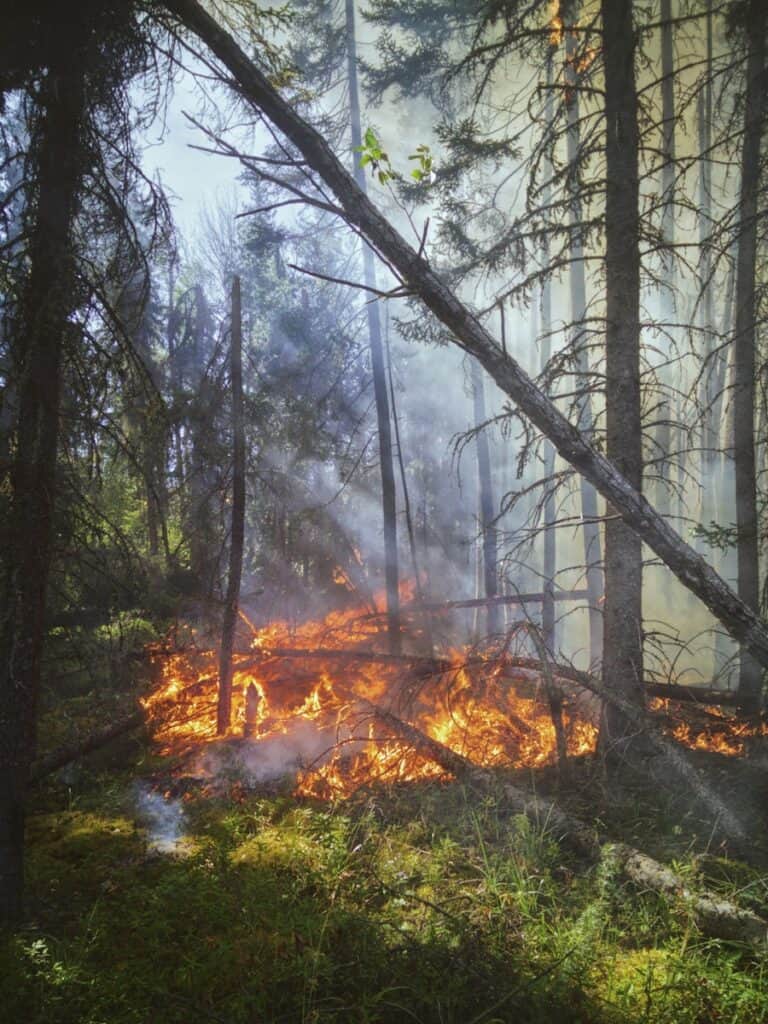
Increased temperatures and prolonged droughts are leading to more frequent and intense wildfires, which destroy habitats and threaten wildlife. Species that depend on forests for shelter and food are particularly vulnerable, facing loss of habitat, food scarcity, and population decline.
Impact on Food Resources
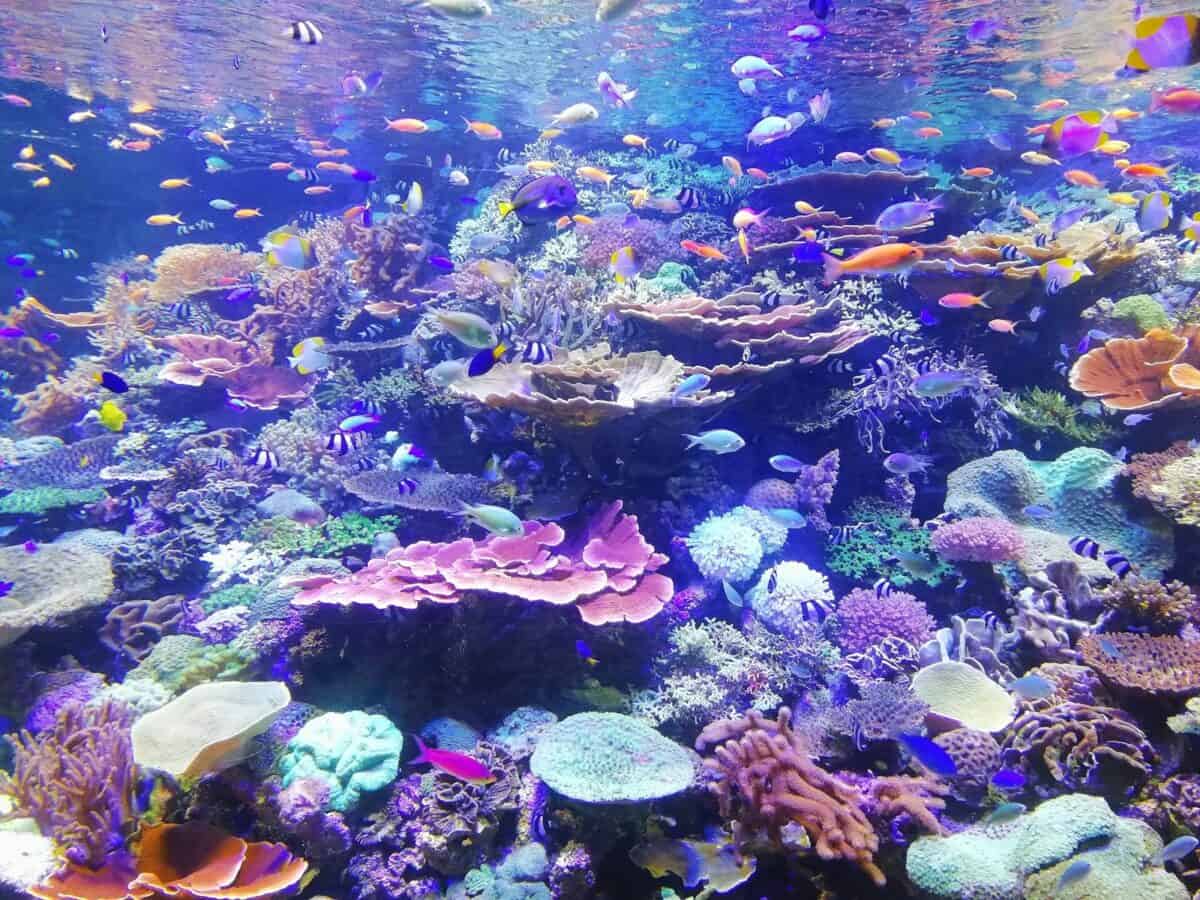
Climate change affects the availability and distribution of plant and animal-based food sources. For instance, changes in water temperature can influence the distribution of fish populations, impacting the larger marine ecosystems and the species, including humans, that rely on these resources for food.
In conclusion, the intricate web of life on Earth is facing unparalleled challenges due to climate change. By understanding and addressing these impacts, we can work towards mitigating some of these effects, ensuring that wildlife and the ecosystems they inhabit can thrive. Conservation efforts and proactive environmental policies are more crucial than ever in safeguarding the planet’s biodiversity for future generations.
- 10 Unique Animal Species That Can Only Be Found in the United States - August 15, 2025
- 10 Amazing Animals You Can Only Find in the United States - August 15, 2025
- 10 Times Tornadoes Flattened Entire Towns in the Midwest - August 15, 2025

